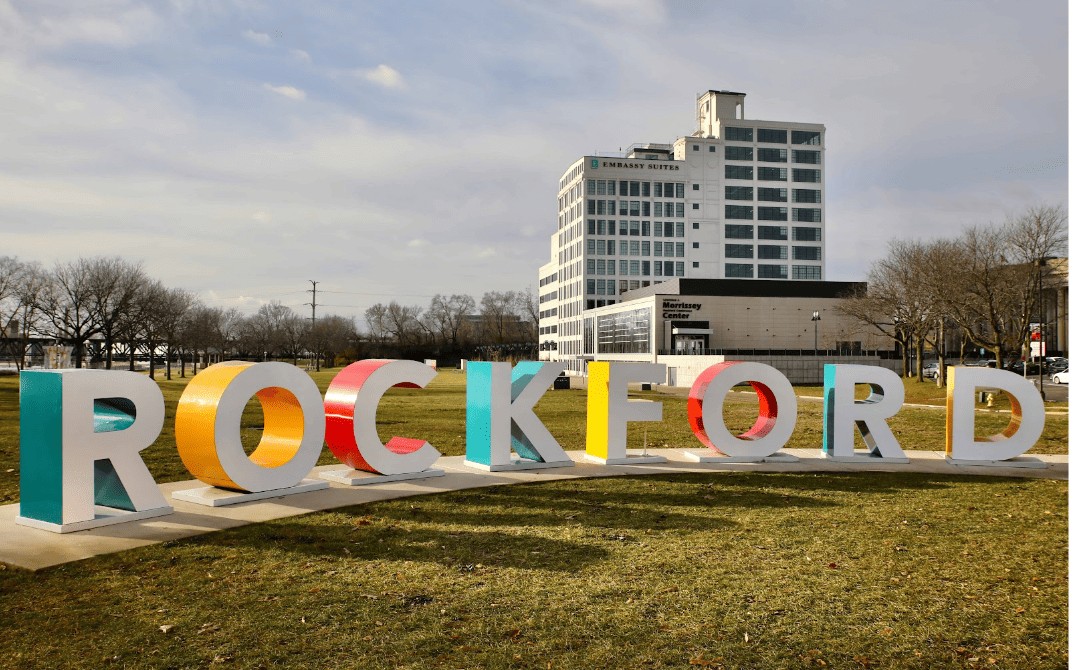Initiating a brownfield redevelopment project can significantly transform your community.
Are there abandoned or unused properties in your area? If so, your community might be a candidate for a brownfield redevelopment project.
Transforming environmentally compromised properties into assets can be costly and require specific expertise. But the investment pays off. Redeveloping brownfields eliminates eyesores and transforms them into valuable community assets.
Why your community should redevelop brownfield sites
Brownfields aren't just unsightly. They pose potential health hazards because of the presence of harmful substances. Old structures on these sites might contain asbestos, while past industrial or commercial activities could have left soil and groundwater contamination. The presence of contamination, or the perceived presence of contamination on a property, will create challenges during redevelopment. However, redeveloping these sites holds immense potential for the local economy and environment while tapping into infrastructure. These projects are expensive and typically require extensive timelines to complete, which leaves many communities with few options.
Fortunately, the U.S. Environmental Protection Agency (EPA) announced it will offer $235 million in grants in 2024 through the Brownfields Program, providing the funds that will allow communities to assess environmental sites, organize site cleanup, develop reuse plans, and provide job training and technical assistance.
While these grants will ease financial strain, brownfield site remediation is complex, and you might want help getting started.
Starting the process of brownfield site redevelopment
Initiating a brownfield redevelopment project in your community is a significant undertaking that can lead to transformative results. By partnering with an experienced team of environmental professionals, your community can navigate each step of the process with confidence.
Let's look at the key stages of redeveloping brownfield sites and how Fehr Graham's expertise in brownfield redevelopment can help you address the challenges at each stage.
Predevelopment
a. Conducting due diligence and establishing CERCLA Liability defense, which allows municipalities to advance redevelopment projects with U.S. EPA brownfield grant funding.
b. Performing site assessments and surveys. Most municipally driven brownfield redevelopments begin with a Phase I Environmental Site Assessment (ESA), followed by a Phase II ESA drilling and sampling.
c. Completing hazardous building materials surveys (asbestos, lead-based paint, special wastes).
d. Identifying sources of funding.
e. Acquiring environmental insurance.
a. Merger/ acquisition due diligence.
b. Phase I and Phase II ESAs
c. Site Surveys
d. Grant writing and management |
Planning:
a. Completing paperwork (ProForma and agreement for property purchase). Using a ProForma to refine the site design by calculating estimated costs and profits and site constraint inputs, including the use of needed engineered barriers and controls.
b. Exploring several redevelopment concepts to ensure the project’s financial and environmental feasibility.
c. Finalizing a Redevelopment Plan that includes a Community Engagement Plan, a site reuse vision, a redevelopment implementation strategy and a resource roadmap.
d. The goal for all brownfield redevelopments is to create safe, usable spaces that protect human health and the environment. Successful implementation is typically marked with the regulatory agency issuance of a No Further Action or No Further Remediation (NFR) letter. An NFR letter also helps the municipality or developer secure financing, as it is typically required by most lenders. It is critical to establish the level of cleanup and determine the key stakeholders in the cleanup as soon as possible.
a. Land remediation planning.
Building abatement planning and verification.
Site civil design and barrier/control planning.
State and federal voluntary cleanup programs coordination.
b. Obtaining permits and necessary approvals. |
Site cleanup and development:
-
This stage involves environmental cleanup directly before or along with site development. Typically, cleanup and construction are integrated and streamlined to make the redevelopment process run smoothly. This phase is time-sensitive, as any delay in cleanup could lead to cost overruns.
a. Grant funding administration and guidance.
b. State and federal voluntary cleanup programs coordination.
c. Soil and groundwater investigations and remediation assistance.
d. Underground storage tank assessment and closure.
e. Documentation of implemented controls and barriers on the site.
|
Fehr Graham's expertise in brownfield redevelopment will help you undertake brownfield redevelopment projects and ensure successful outcomes for your community.
Partner with Fehr Graham to redevelop brownfield sites
At Fehr Graham, our multidisciplinary team offers end-to-end assistance to redevelop brownfield sites in communities across the Midwest and beyond. Our services have transformed former industrial and commercial sites into valuable community assets while avoiding unexpected costs and delayed schedules. Some of our brownfield redevelopment projects include:
Get your brownfield site redevelopment on track by partnering with Fehr Graham today.
To learn more about how Fehr Graham can help your community with the redevelopment of brownfield sites, contact us or call 815.394.4700.
 |
Ross Grimes, a Professional Geologist, focuses on remediating properties that have been longtime eyesores. He cares about the environmental future where he lives and works, so dilapidated properties with even the smallest potential are his passion. Ross is dedicated to doing the right thing every day and addresses challenges with innovation, sustainability and common sense. Contact him at This email address is being protected from spambots. You need JavaScript enabled to view it..
|



